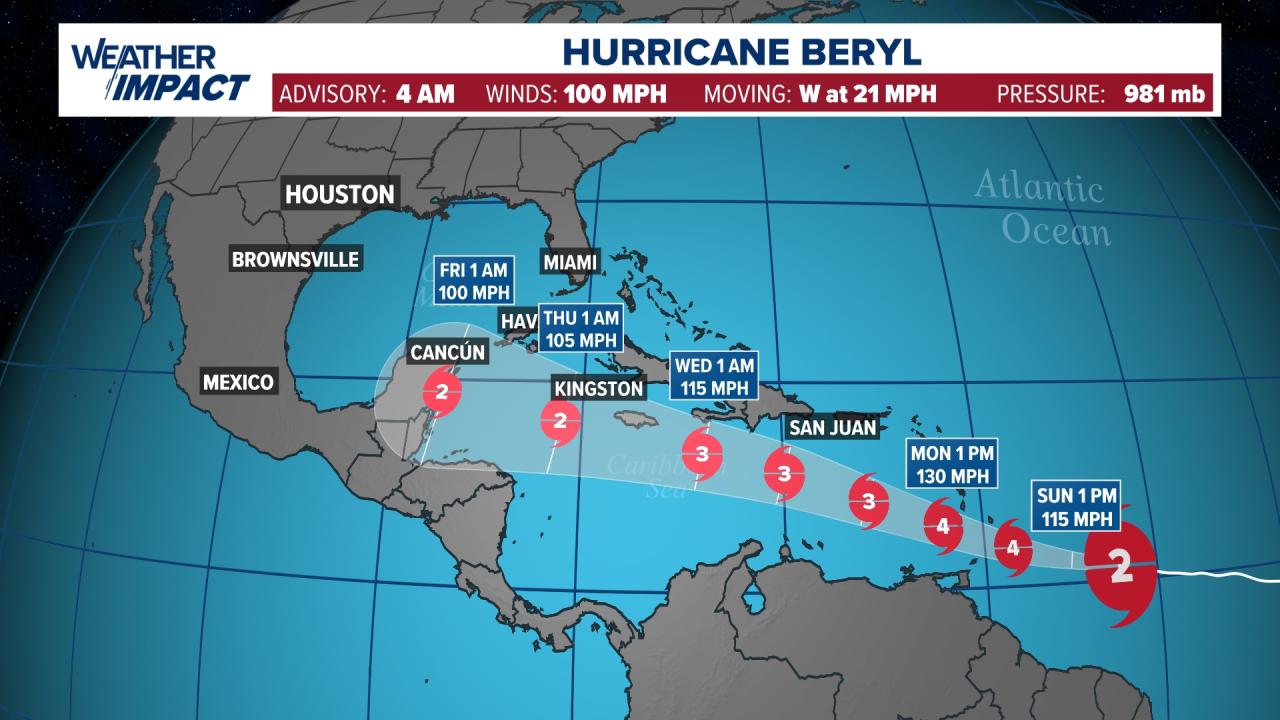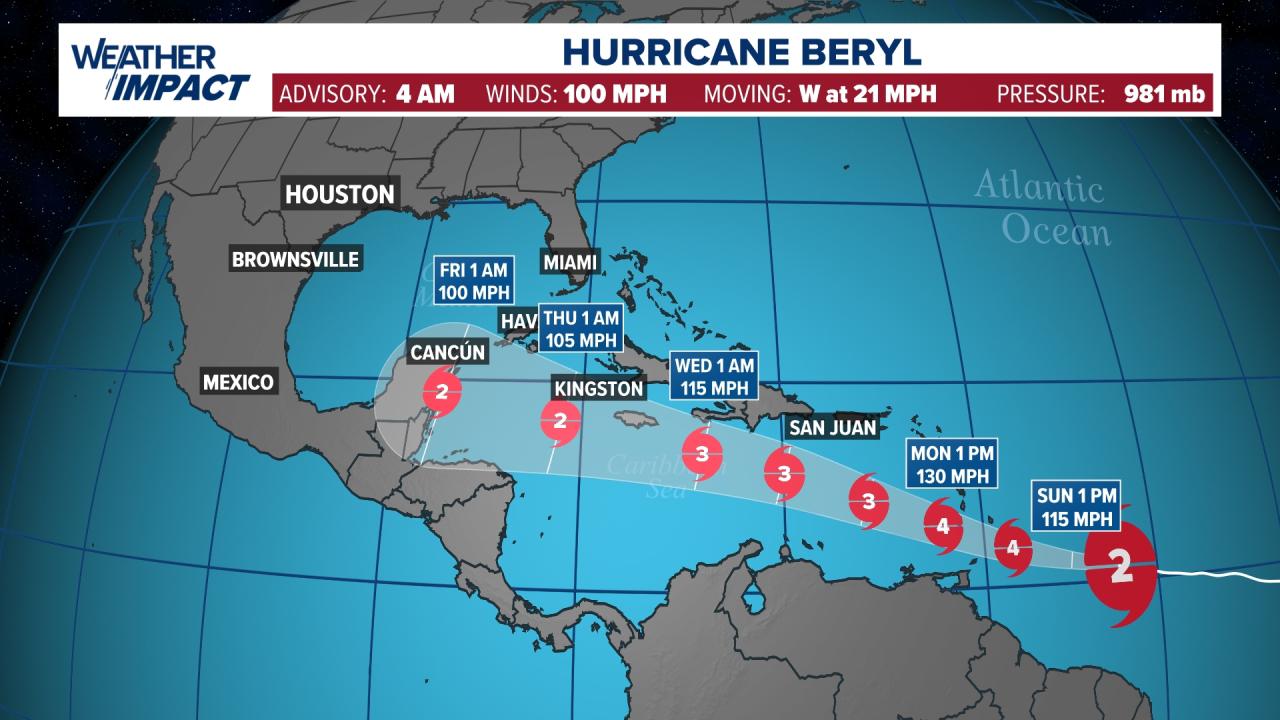Introducing Hurricane Tracker, the indispensable tool that empowers us to monitor and predict the path of nature’s most formidable storms. From understanding their formation to forecasting their impact, hurricane trackers provide invaluable insights for preparedness, response, and recovery efforts.
These online platforms and applications harness advanced data sources and sophisticated models to track hurricanes with remarkable precision, aiding forecasters in their predictions and enabling communities to stay informed and take proactive measures.
Hurricane Tracker Overview
A hurricane tracker is a tool that provides real-time information about the location, intensity, and movement of hurricanes. It allows users to monitor the progress of storms and make informed decisions about their safety.
Popular hurricane tracker websites and applications include the National Hurricane Center (NHC), AccuWeather, and The Weather Channel. These services use a combination of data sources, including satellite imagery, radar data, and weather station reports, to track hurricanes.
Data Sources
The data used to track hurricanes comes from a variety of sources, including:
- Satellite imagery:Satellites provide images of hurricanes that can be used to track their location and intensity.
- Radar data:Radar can be used to track the movement of hurricanes and to estimate their rainfall rates.
- Weather station reports:Weather stations can provide data on the wind speed, temperature, and pressure at the surface of the ocean. This data can be used to track the intensity of hurricanes.
Hurricane Tracking and Analysis

Tracking and analyzing hurricanes is essential for predicting their behavior and minimizing their impact. Forecasters use a variety of tools and techniques to monitor hurricane development and movement.
Hurricane Tracking
The first step in tracking a hurricane is to identify its location and intensity. This is done using a combination of satellite imagery, radar data, and aircraft reconnaissance. Once the hurricane’s location and intensity have been determined, forecasters can begin to predict its path and intensity.
Hurricane Forecast Models
Hurricane forecast models are computer programs that use data from hurricane tracking to predict the hurricane’s future path and intensity. These models are constantly being updated and improved, but they are not always accurate. The accuracy of hurricane forecast models depends on a number of factors, including the quality of the data used to initialize the model, the complexity of the model, and the skill of the forecaster.
Limitations of Hurricane Forecast Models
Hurricane forecast models are not perfect. They can be inaccurate for a number of reasons, including:
- The data used to initialize the model may be incomplete or inaccurate.
- The model may not be complex enough to accurately simulate the hurricane’s behavior.
- The forecaster may not be skilled enough to interpret the model’s output.
Despite their limitations, hurricane forecast models are an essential tool for predicting hurricane behavior and minimizing their impact.
Hurricane Preparedness and Response
Hurricane trackers are essential tools for hurricane preparedness and response. They provide individuals, communities, and organizations with the information they need to make informed decisions about how to prepare for and respond to hurricanes.
For individuals, hurricane trackers can help them determine when and where a hurricane is likely to make landfall, so they can make plans to evacuate or take other protective measures. Hurricane trackers can also provide information about the strength of a hurricane, so individuals can make decisions about whether to stay home or evacuate.
Community Preparedness
For communities, hurricane trackers can help emergency managers develop evacuation plans and identify areas that are most at risk. Hurricane trackers can also be used to coordinate response efforts, such as providing food, water, and shelter to those who have been affected by a hurricane.
Organizational Preparedness
For organizations, hurricane trackers can help businesses develop disaster recovery plans and identify critical infrastructure that needs to be protected. Hurricane trackers can also be used to track the movement of employees and assets, so organizations can make plans to evacuate or relocate if necessary.
Disaster Management and Recovery, Hurricane tracker
Hurricane trackers play a vital role in disaster management and recovery efforts. They provide emergency managers with the information they need to make decisions about how to allocate resources and respond to the needs of those who have been affected by a hurricane.
Hurricane trackers can also be used to track the progress of recovery efforts, so that resources can be allocated where they are most needed.
Closure: Hurricane Tracker
Hurricane trackers have revolutionized hurricane monitoring, providing a wealth of information that enhances our ability to prepare for and mitigate the effects of these destructive forces. As technology continues to advance, we can expect even more accurate and comprehensive hurricane tracking capabilities, empowering us to safeguard lives and property in the face of nature’s challenges.
Question & Answer Hub
What is a hurricane tracker?
A hurricane tracker is an online platform or application that provides real-time information on the location, intensity, and predicted path of hurricanes.
How do hurricane trackers work?
Hurricane trackers gather data from satellites, weather stations, and other sources to create detailed models that predict the movement and intensity of hurricanes.
What are the benefits of using a hurricane tracker?
Hurricane trackers provide valuable information for hurricane preparedness, response, and recovery efforts, helping individuals, communities, and organizations stay informed and take appropriate actions.

